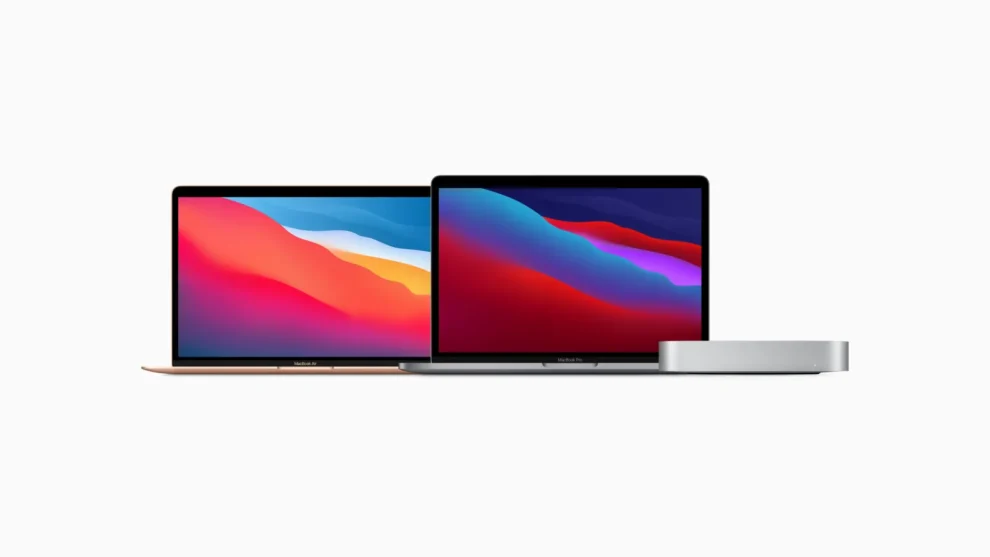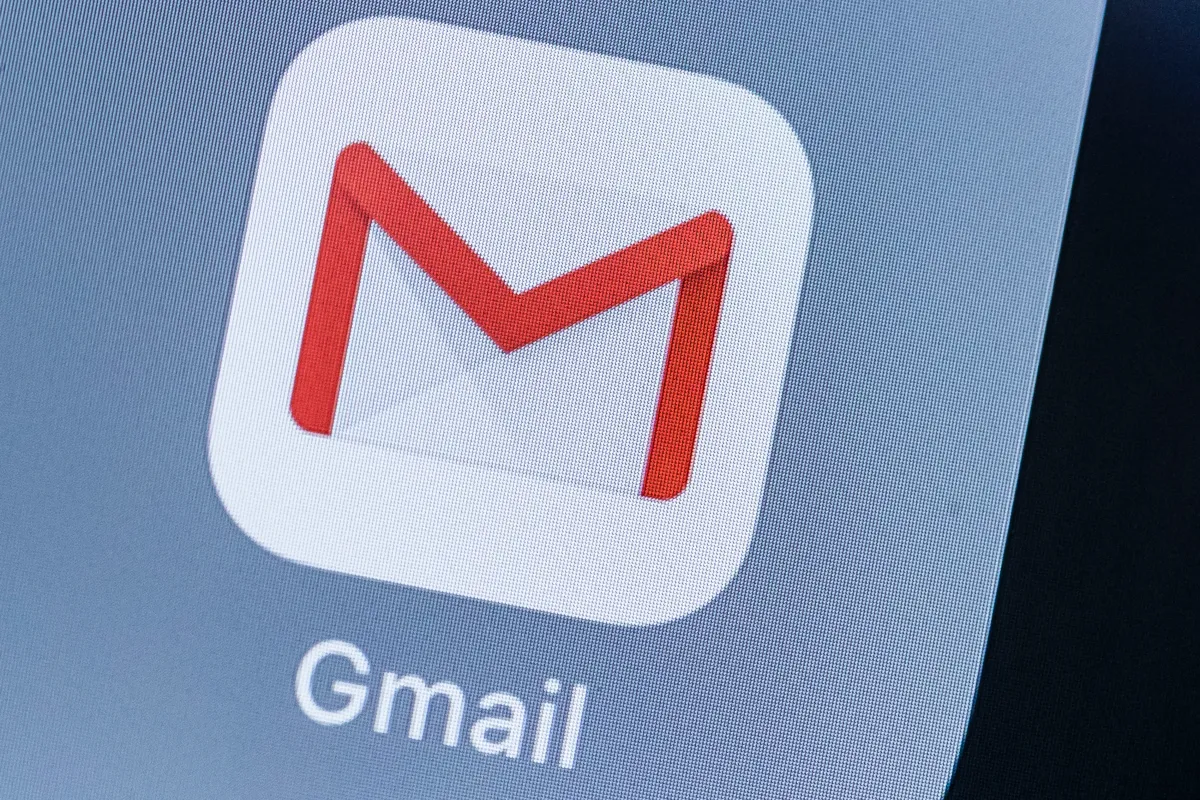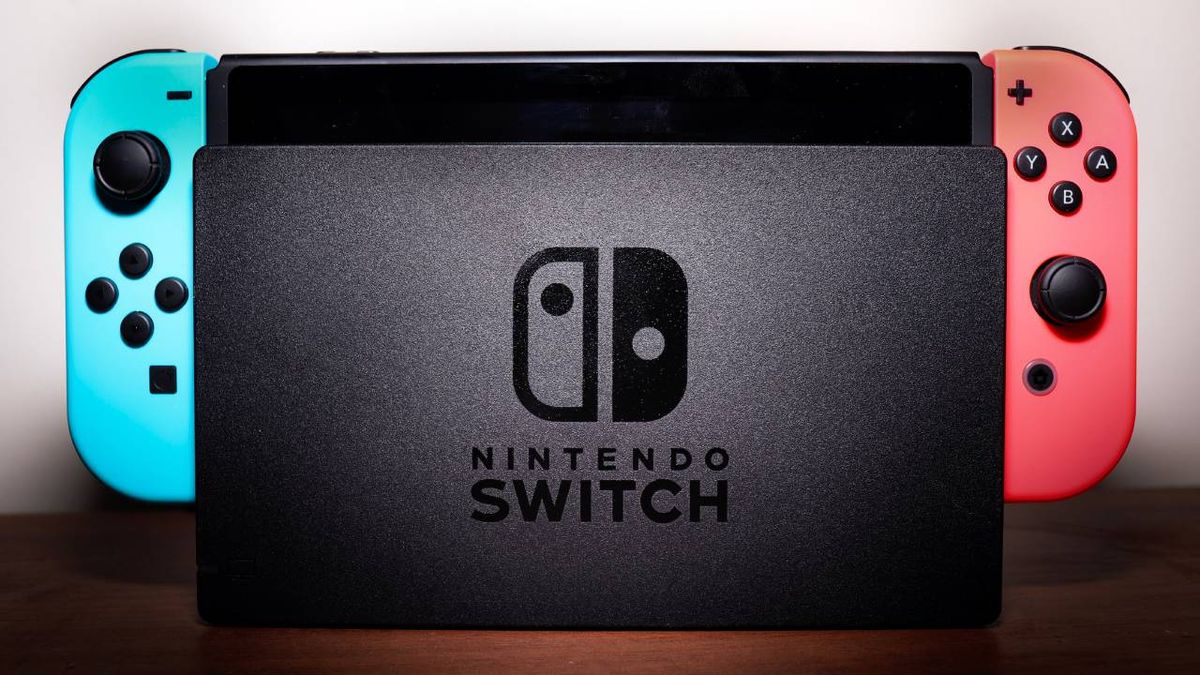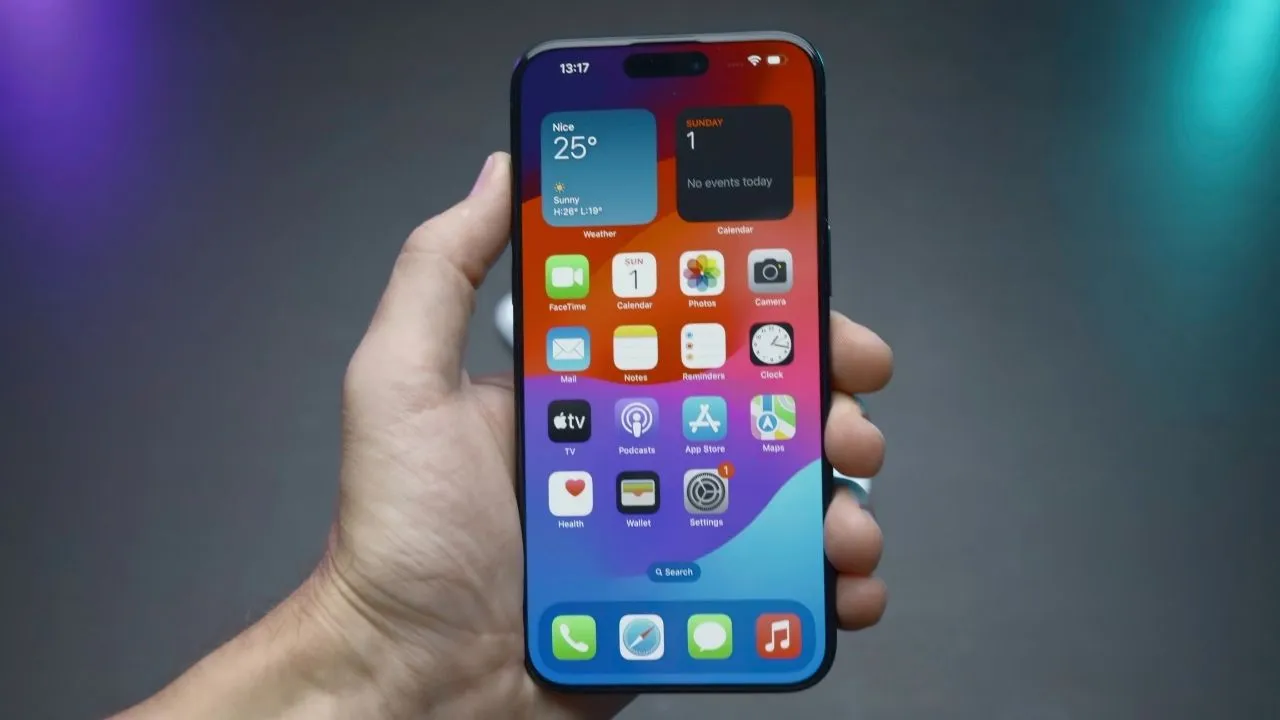In a quiet yet significant move, Apple recently added nine Mac models to its ‘obsolete’ list. This seemingly routine update has far-reaching implications for owners of these aging devices, signaling the end of official support and repair services. But what does this really mean for users, and how should they navigate this transition?
The Aftermath of Obsolescence: A User’s Perspective
For owners of these newly obsolete Macs, the reality is stark:
- No More Repairs: Apple and its authorized service providers will no longer offer hardware repairs or service for these models, even for a fee.
- Limited Software Support: While some software updates may still be available, these Macs will eventually be left behind as new macOS versions roll out.
- Diminishing Value: Resale or trade-in value will likely plummet, as buyers are wary of unsupported devices.
The ‘Vintage’ vs. ‘Obsolete’ Conundrum
It’s important to distinguish between ‘vintage’ and ‘obsolete’ in Apple’s lexicon:
- Vintage: Products are considered ‘vintage’ when they have not been manufactured for more than 5 and less than 7 years. Limited service may still be available.
- Obsolete: Products are deemed ‘obsolete’ when they have not been manufactured for more than 7 years. All hardware service is discontinued.
The Environmental Cost of Obsolescence
While Apple’s obsolescence policy has its justifications, it also fuels concerns about e-waste. As devices become unsupported, users are more likely to discard them, contributing to the growing mountain of electronic waste. This raises questions about the sustainability of the tech industry’s relentless pursuit of innovation.
Navigating the Transition: What Can You Do?
If you own one of these newly obsolete Macs, here are some options:
- Keep Using It: As long as it functions adequately for your needs, there’s no immediate pressure to replace it. However, be mindful of the limitations and security risks of running an unsupported device.
- Explore Third-Party Repairs: While Apple won’t offer official repairs, independent repair shops may still be able to help, albeit with potential challenges in sourcing parts.
- Consider Upgrading: If your workflow demands the latest software and features, it may be time to invest in a newer Mac. Apple offers trade-in programs that can help offset the cost.
- Recycle Responsibly: When you’re ready to part ways with your obsolete Mac, ensure it’s recycled through an authorized e-waste recycler to minimize environmental impact.
The Broader Debate: Right to Repair and Planned Obsolescence
Apple’s obsolescence policy has reignited the debate over the ‘right to repair’ movement, which advocates for greater user access to repair information and parts. Critics argue that planned obsolescence – the deliberate shortening of a product’s lifespan – is a pervasive strategy in the tech industry, driving consumerism and waste.
Apple’s recent move underscores the need for a broader conversation about the lifecycle of our devices. It’s time to rethink the concept of obsolescence, prioritize repairability and longevity, and embrace a more sustainable approach to technology consumption. As users, we have the power to influence this change through our choices and advocacy.









Add Comment